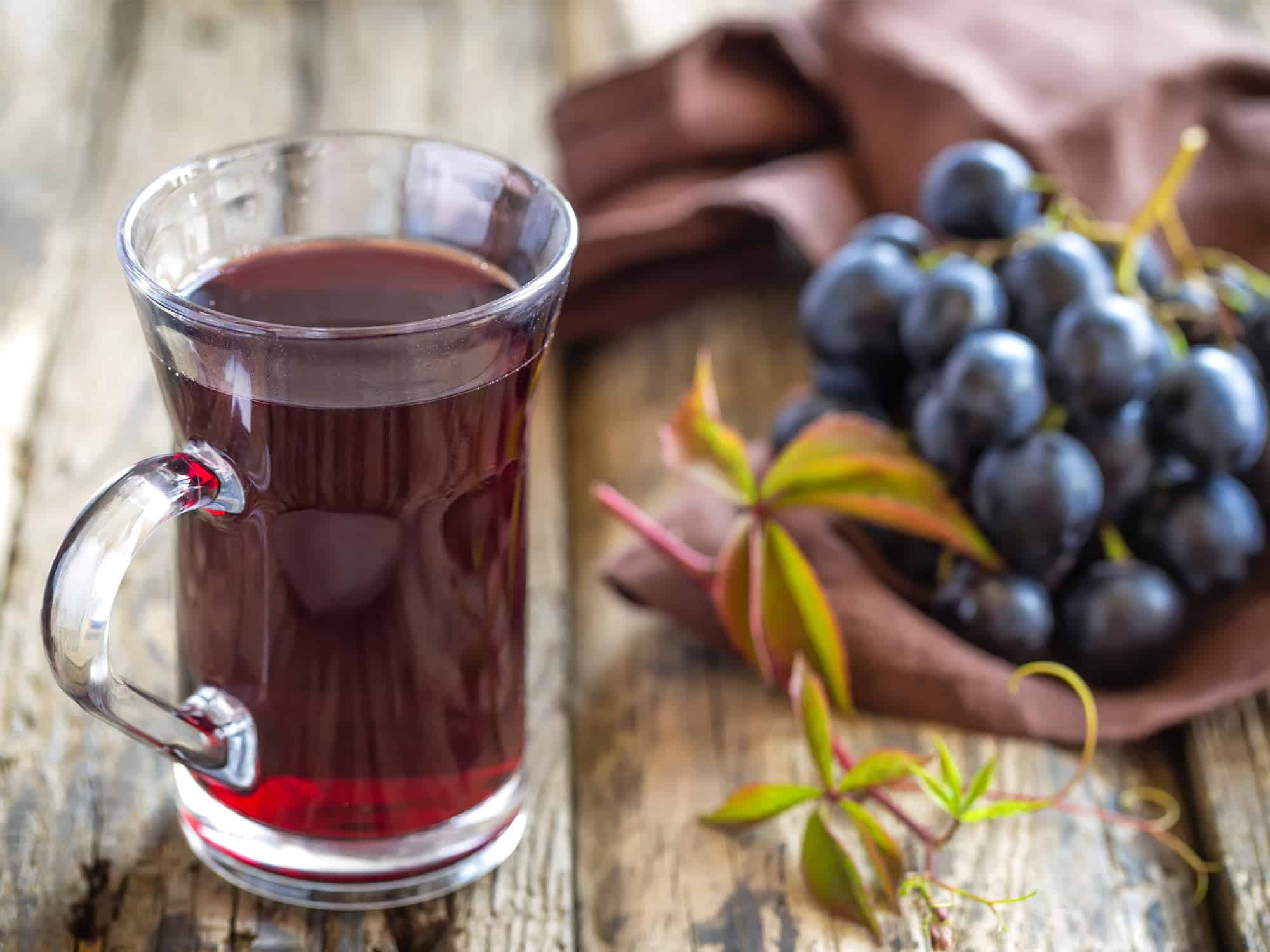If
you strive to live an alcohol-free lifestyle, then you already know that some
of your beverage options can be a little limited. Particularly when you’re out
and about with friends or family, you might feel “out of the loop” if everyone
around you is enjoying an alcoholic beverage, while you slip on a glass of
lemon water.
Perhaps
you’ve thought about trying non-alcoholic wine in order to feel more included,
but not have to worry about consuming alcohol. But although you’re interested
in trying alcohol-free wine, you still have a few concerns. First and foremost
is the most popular question: isn’t non-alcoholic wine just more expensive
grape juice? Despite what some believe, alcohol-free wine is
not just fancy juice; in fact, it’s much
more complicated than that. To answer your question, here are a few of the
major differences for you to keep in mind between non-alcoholic wine and juice.
The
single greatest difference between non-alcoholic wine and grape juice is in
their production. Simply put: non-alcoholic wine is made exactly like its
alcoholic counterpart, but with one extra step: the alcohol is removed. Grape
juice, on the other hand, is merely the unfermented juice of grapes. While both
come from grapes and might taste
similar,
there is still a clear distinction in their flavor profiles, particularly
because of how they are made.
When
making alcohol-free wine, the liquid goes through a nearly identical process as
alcoholic wine—and begins very similarly to juice. Grapes are harvested from a
vineyard, either by human hands or through a machine. The types of grapes
chosen and the moment they are harvested helps determine the desired flavor
profile for the wine (or juice) in terms of acidity, sweetness and taste. Once
the grapes are harvested, they are taken to the winery or manufacturer and
sorted into bunches.
After
the grapes have been selected for the wine or juice, they go through a
destemming process, then crushed through a mechanical press. Depending on the
type of wine or juice, the grapes might be crushed quickly to separate the
juice from the skins, seeds and solids, or pressed slowly to leave the grapes
in contact with their skins. This also distinguishes between a white or red
wine. At this point, both the non-alcoholic wine and juice have a nice,
freshly-squeezed liquid of grape juice.
However,
here is where grape juice and alcohol-free wine differ. For alcohol-free wine
at this point, the liquid is actually put through a fermentation process. This
converts natural sugars in the juice into alcohol. Juice begins naturally
fermenting within 6-12 hours; however, most winemakers will also add in a
commercial yeast to ensure the consistency of the wine. Winemakers will then
continue the fermentation process until all of the sugar in the juice has been
converted into alcohol. Depending on the type of wine and desired flavors,
fermentation can last anywhere from 10 days to longer than one month.
On
the other hand, grape juice does not go through a fermentation process.
Instead, the grapes are pasteurized in order to halt fermentation completely.
Not only does non-alcoholic wine go through the entire fermentation process, it
also goes through an aging process similar to regular alcoholic wine. This
aging intensifies the flavors of the wines, and can even influence the quality
and overall taste. While non-alcoholic wine is aged, grape juice is finalized
by adding in any other necessary ingredients and bottling.
At
the final stages of production, non-alcoholic wine finally has its alcohol
content removed from the liquid, either through distillation or filtration.
Because alcohol-free wine goes through the same process as regular wine, it’s
less sugary than grape juice, but still has the same great flavor profile of
wine with alcohol.
The
difference is clear: alcohol-free wine is completely unique from both alcoholic
wine
and grape juice. While it is
fermented and aged through the exact same process as alcoholic wine, the
alcohol content is then removed, making it as safe as grape juice, but taste
like wine. If you want to live an alcohol-free lifestyle, give alcohol-free
wine a try and see how you enjoy it.

